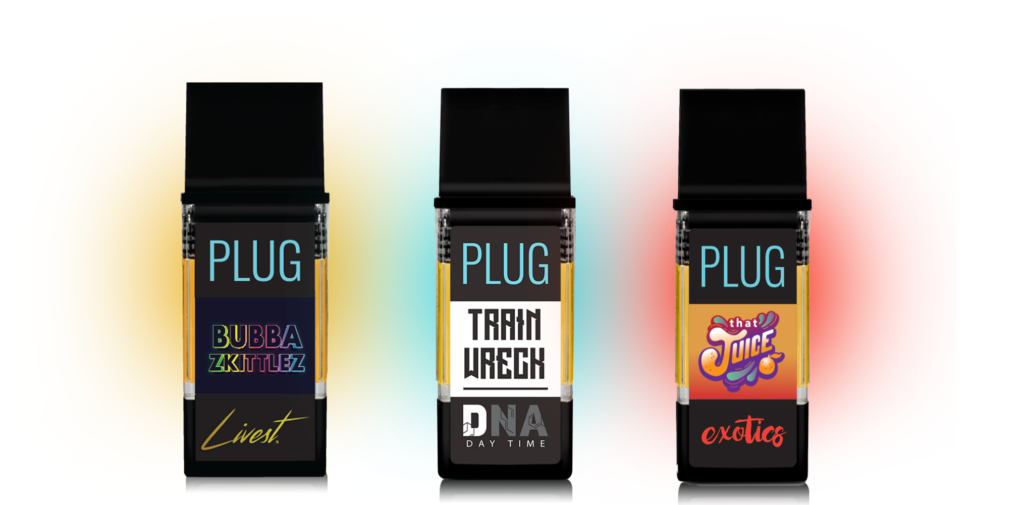In an era where technology is constantly evolving, the concept of “plug and play” has become a welcome relief for many of us. Plug and play devices make our lives easier by allowing us to connect and use various hardware components without the hassle of complex installations and driver updates. Whether it’s a new printer, gaming controller, or external hard drive, plug play carts devices are designed to be user-friendly. However, to truly maximize your plug and play experience, it’s essential to know some tips and tricks that can help you get the most out of your devices. In this blog, we’ll explore some valuable tips to enhance your plug and play experience.
- Keep Your USB Ports Clean
Before we dive into the specifics of plug and play devices, it’s crucial to maintain your USB ports. Dust and debris can accumulate over time, leading to poor connections and slower data transfer rates. To ensure your plug and play devices work optimally, regularly clean your USB ports using compressed air or a soft brush.
- Use High-Quality USB Cables
Not all USB cables are created equal. When connecting your plug and play devices, use high-quality USB cables. These cables provide better power delivery and data transfer rates, reducing the risk of connectivity issues. Investing in reliable cables is a small expense that can significantly enhance your plug and play experience.
- Keep Your Drivers Updated
While plug and play devices are designed to work without driver installations, it’s still a good idea to keep your system’s drivers up to date. Sometimes, new driver updates can improve compatibility and performance with plug and play devices. Check the manufacturer’s website or use automatic driver updater tools to ensure your system is running the latest drivers.
- Organize Your Cables
One common challenge with plug and play setups is dealing with cable clutter. Organize your cables to keep your workspace tidy and make it easier to connect and disconnect devices. Consider using cable management solutions like cable clips, Velcro straps, or cable sleeves to keep everything neat and organized.
- Optimize Power Settings
Some plug and play devices, especially peripherals like keyboards, mice, and external hard drives, may have power-saving features. Customize your power settings to prevent your computer from putting these devices to sleep prematurely. This can help avoid disruptions during use.
- Explore Device-Specific Settings
Many plug and play devices come with additional settings and customization options. For example, gaming controllers often have button remapping features, and external hard drives may allow you to adjust sleep settings. Take the time to explore these options to tailor your device’s behavior to your preferences.
- Consider a Powered USB Hub
If you frequently use multiple plug and play devices simultaneously, a powered USB hub can be a game-changer. It provides additional USB ports and ensures a stable power supply to all connected devices. This can be particularly helpful if you have limited USB ports on your computer or experience power-related issues with your devices.
- Keep Firmware Updated
Just like drivers, some plug and play devices may have firmware updates available. Firmware updates can enhance device functionality, fix bugs, and improve compatibility. Check the manufacturer’s website or the device’s software utility for firmware updates.
Plug and play devices have made our lives more convenient, allowing us to connect and use hardware components with ease. By following these tips and tricks, you can maximize your plug and play experience and enjoy seamless connectivity with your devices. Remember to maintain your USB ports, use high-quality cables, keep drivers and firmware updated, and customize settings to suit your needs. With these practices in place, you’ll make the most of your plug and play devices and enhance your overall computing experience.
